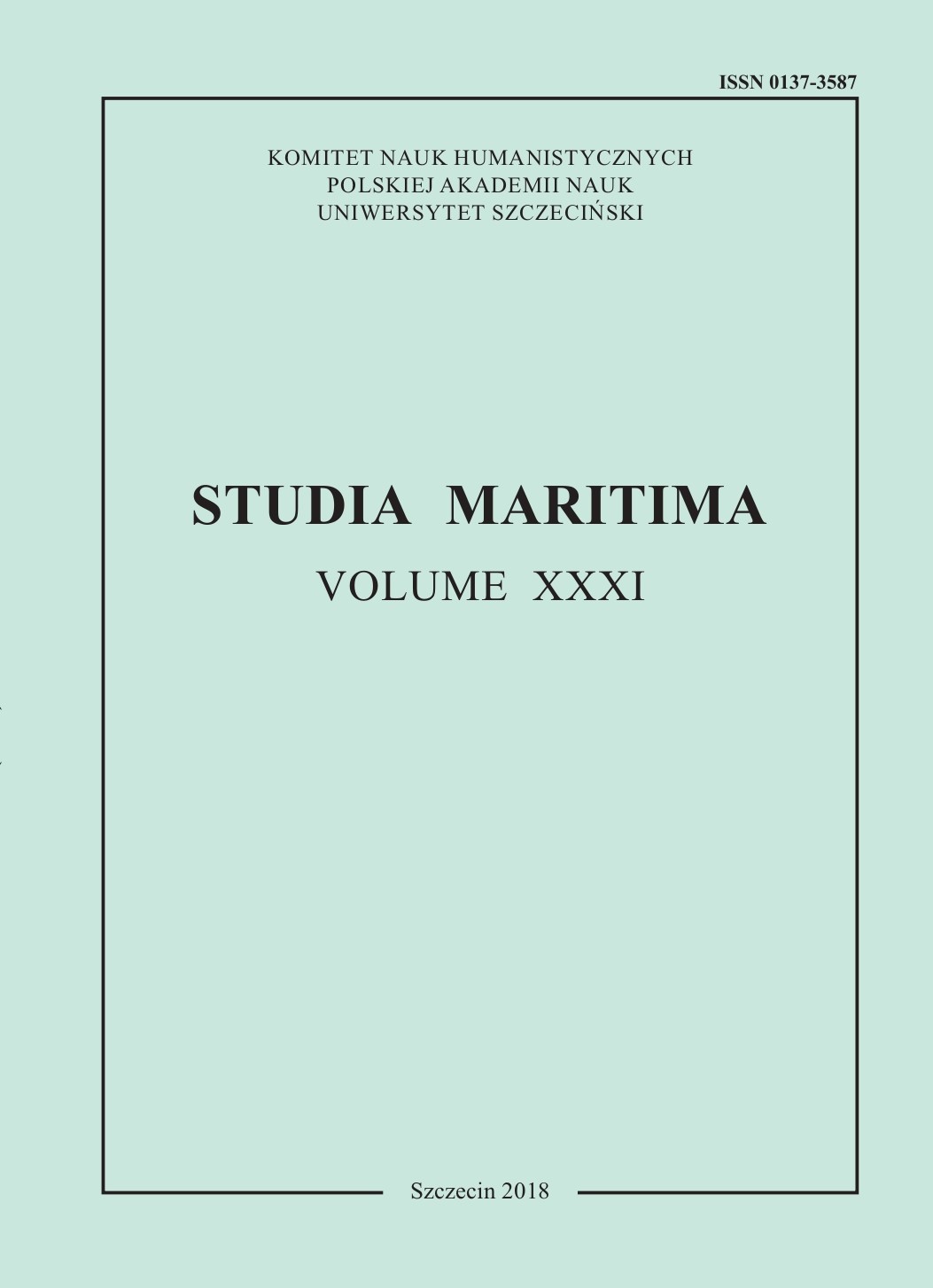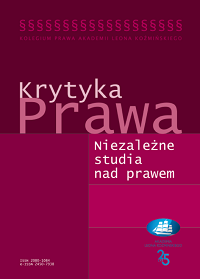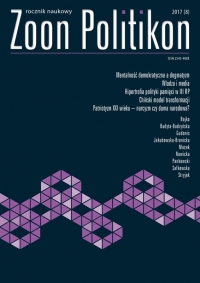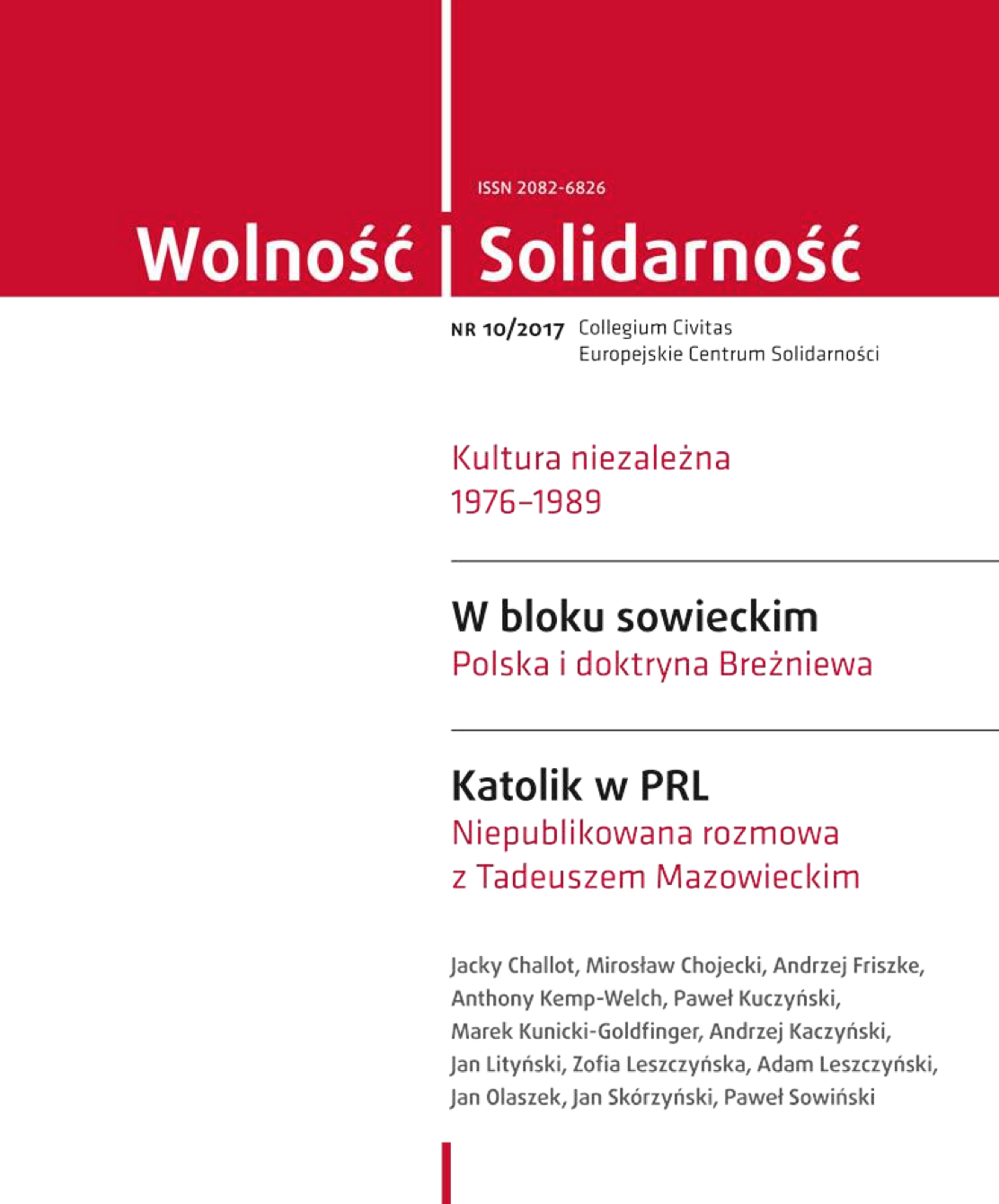Author(s): Pavol Hudáček / Language(s): Slovak
Issue: 1/2019
Historical sources do not mention the time when Bolesław I the Brave started occupation of the northern part of the Nitra Principality in the Kingdom of Hungary. Based on the data preserved, the author tried to determine the years when the occupation might have started. He assumes that the Polish ruler’s invasion of the Kingdom of Hungary could have taken place in the second phase of the German-Polish war around 1007–1013. After a truce concluded in Poznan in 1005, Bolesław I the Brave started new military activities not later than in the spring of 1007. The subsequent attacks commenced in the spring of 1009. Soon, in 1010, Henry II, Holy Roman Emperor, declared war against Bolesław I. As a result, Bolesław I could control the northern part of the Kingdom of Hungary – the Principality of Nitra between the spring of 1007 and the spring of 1009 (or, between the spring of 1009 and the spring of 1010). Rocznik świętokrzyski, nowy-R. św.n says that after Emeric’s birth, Stephen I concluded truce with Bolesław (in the source related to as Mieszko). The peace lasted 10 years. As Emeric was born in 1007, the occupation of the Nitra Principality and the peace agreement from Esztergom mentioned in the Hungarian-Polish Chronicle could have happened in 1007. One of the manuscripts of R. św.n from the 16th century mentions that truce was concluded in 1006. If the information from R. św.n about the peace between the Hungarian and Polish ruler is reliable, occupation of the Nitra Principality and the subsequent Esztergom meeting could have taken place in 1006–1007. Thietmar of Merseburg wrote that Bolesław I the Brave gave one castle at the Hungarian-Polish border to Prokui-Gyula II. Gyula II, the former Prince of Transylvania, had lived at Stephen I’s court since 1003. According to the Long Life of Saint Gerard, Gyula II and Csanád participated in a military campaign against Ajtony (?) or against Black Hungarians in 1008. Gyula II claimed that the Csanád success should have been attributed to him and for this reason he was sent away from the royal court. If Gyula II left the Kingdom of Hungary in 1008 and took cover at the court of Bolesław I the Brave, it means that the Polish ruler could have controlled the northern part of the Kingdom of Hungary back in 1008. A legend of Saint Romuald contains information about a message sent by the Polish ruler to Rome (probably in 1008) and which pertained to the coronation by the pope. Bolesław I’s plans were cancelled by Henry II. During a period of hostility between Germans and Poles in 1003–1007, the German king did not have very good relations with the Polish ruler. The story of a failed coronation of Bolesław I is described also by bishop Hartvik (in Life of St. Stephen I); it is also mentioned in the Hungarian-Polish Chronicle. The campaign of Henry II against the Polish ruler was probably rooted in the military success of Bolesław I in 1007. Henry II tried to win support of his brother-in-law, Stephen I. In a letter to Henry II from 1008 / 1009, Bruno of Querfurt wrote that bishop Bruno of Augsburg had come to the Kingdom of Hungary in1007. Historians assume that the reason of his arrival was Henry II’s efforts to gain military support from Stephen I against Bolesław. In this way, Bolesław I might have had a reason to attack the Hungarian king around 1007. If Stephen I had made an alliance with Henry II, there would have been a danger of Poland being attacked from the south by Stephen I or the Hungarian king could have tried to endanger Bolesław’s position in Moravia. To strengthen the southern border of Poland, Bolesław I started to occupy the northern part of Hungary – the Nitra Principality – in 1007/1008. The Hungarian-Polish Chronicle writes that when the peace treaty between Stephen and Bolesław was signed in 1001, a mass was celebrated in St. Adalbert’s Basilica in Esztergom. Construction of the Basilica was not finished yet. However, the Basilica’s state must have allowed mass celebration. D. Dercsényi says that construction of St. Adalbert’s Basilica in Esztergom could have been completed around 1010. Thus, occupation of northern Hungary – the Nitra Principality and the subsequent Esztergom treaty should have happened around 1007–1009. Information in the HungarianPolish Chronicle about a meeting of the Polish and Hungarian rulers and the mass in St. Adalbert’s Basilica in Esztergom provides also data about Esztergom archbishop Astrik. Astrik was appointed bishop of Esztergom in 1007; therefore the attack against Stephen I, the meeting and the mass could have happened in 1007 or in the following years (1008–1009). To sum up, bearing in mind all the above mentioned years when Bolesław might have occupied the Nitra Principality, it is most likely to have happened sometime in 1007 or 1008. After all, based on dendrochronology data, a part of the Bratislava Castle fortification was built in 992–1012; this was probably related to the presence of the Polish army headed by Bolesław. If the Polish ruler occupied the Nitra Principality in 1007 – 1008, he would have had enough time to construct new fortifications in the Bratislava Castle. Stephen I regained the Nitra Principality in 1017 when he chased away Prokui-Gyula II from the Bratislava (Preslava) Castle and took over also other Nitra Principality castles. The Polish-German war was officially ended in early 1018 by the Bautzen Peace. It might have also included an agreement between Stephan I and Bolesław I about a new borderline. That might be the reason why Bolesław accepted the loss of the Nitra Principality in 1017 in favour of Stephen I who, in return, offered Bolesław I assistance in his military campaign to Kiev Rus’ in the summer of 1018. With all the above-mentioned facts in mind, Bolesław I the Brave could have controlled the Nitra Principality from 1007/1008 to 1017/1018 when Stephen I annexed it to the Kingdom of Hungary.
More...





